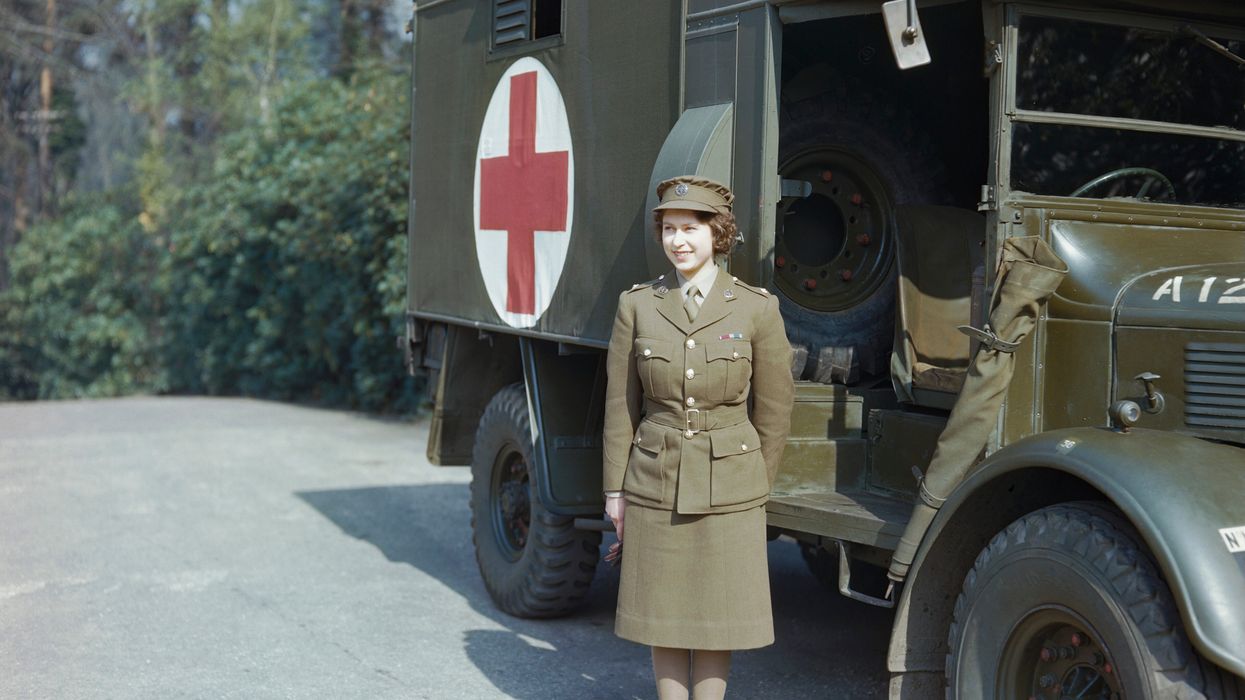All heirlooms are old and antique, but some are truly timeless. In 2001, Ted Kuntz from Tucson, Arizona appeared on PBS's "Antique Roadshow" with an heirloom blanket he had found "at the back of a chair." As the episode unfolded, it was revealed that the blanket was not only highly valuable but a "national treasure." When Ted learned its actual worth, his eyes welled up with tears, something he had never expected, even in his dreams.
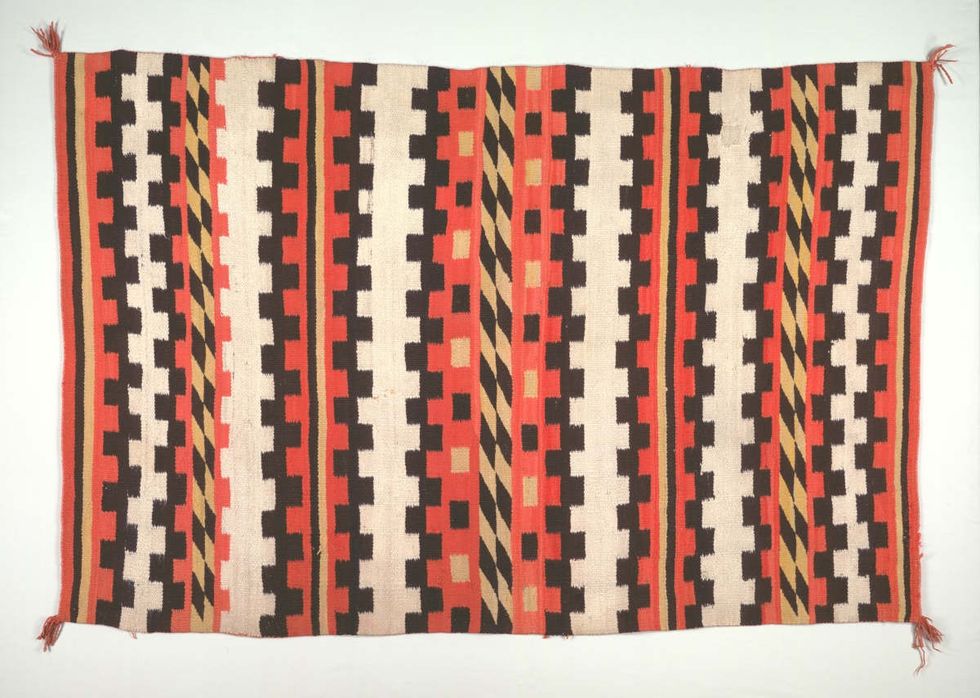
"Antiques Roadshow" is PBS's most-watched series, combining history with adventure and treasure hunting. The show features specialists from leading auction houses and independent dealers who offer free appraisals of antiques and collectibles. Cameras document tales of family heirlooms, flea market finds, and items saved from attics and basements, as experts reveal fascinating truths about these items. These items capture sweet family memories and serve as interesting historical time capsules.
At the beginning of the episode, Ted revealed that the blanket belonged to his grandmother and was gifted by Kit Carson to her foster father. Kit Carson was a renowned American mountain man and trapper. According to the National Park Service, he explored and traveled through many parts of the American West during his lifetime, and became one of the main frontiersmen who helped expand the United States’ territories on the west side of the Rocky Mountains. In an interview, Ted shared that Carson gave this blanket to a man named Marc Bedell, with whom her grandmother "had grown up."
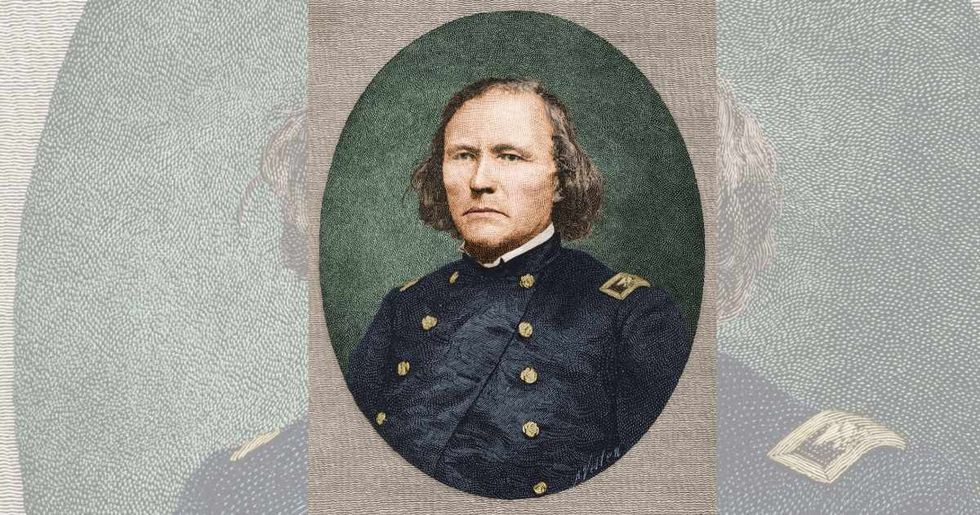
The show's appraiser, Donald Ellis asked, “Do you know who made this weaving? What kind of blanket is this?” To this, Ted said, “Probably a Navajo,” guessing. Although it was just a guess, there is a good possibility that the blanket was Navajo. This is because Carson was well known for leading a destructive war against the Navajos.
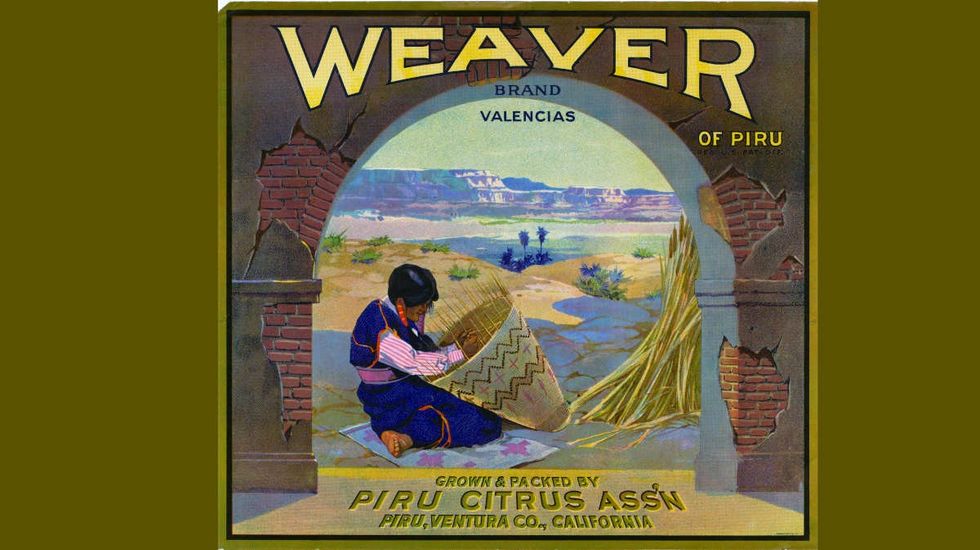
In the spring of 1864, Carson forced the surrender of the Navajos, leading 8,000 men, women, and children to march 300 miles from Fort Canby to Fort Sumner, New Mexico. His connection with the Navajos adds to the probability that he could have taken this blanket from some Navajo individual. “Well Ted, did you notice, when you showed this to me, that I kind of stopped breathing a little bit?” Ellis said. “Yeah you did,” replied Ted, and both men burst into laughter. At this moment, Ellis exposed a thrilling fact, about the antique blanket. “It's not just a chief’s blanket,” he said. “It’s the first type of chief’s blanket made. These were made in about 1840 to 1860, and it's called a ‘Navajo Ute First Phase wearing blanket.'"
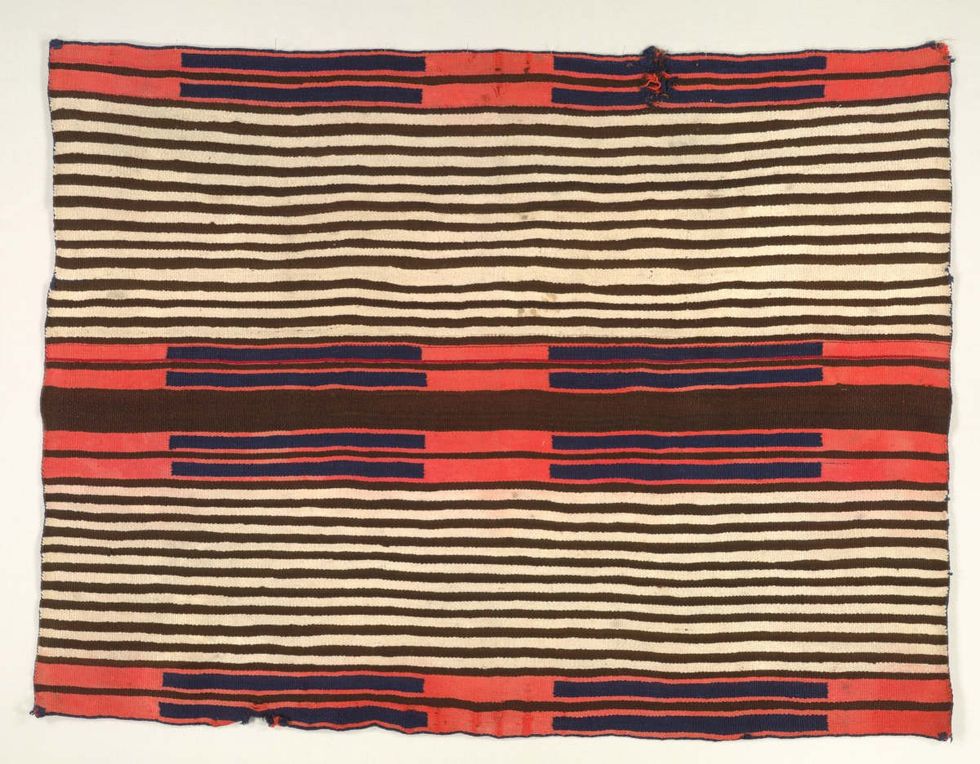
"They were made for Ute chiefs and they were very, very valuable at the time,” he explained, adding, “This is Navajo weaving in its purest form. This is the beginning of Navajo weaving. The condition of this is unbelievable. It is made from handwoven wool but it's so finely done it's like silk. This would repel water. And this here is dyed with indigo dyes,” he continued while pointing to a dark blue strip in the blanket, ”It was a very valuable dye at that time.”
“And what’s really interesting, is right here we have an old repair that was probably done in 1860s,” the screen showed a tiny red strip of fabric on the blanket, “And it was done with raveled bayetta, which is in itself a very important thing in Navajo weaving. So all involved, it’s an extraordinary piece of art, and it’s extremely rare. It is the most important thing that has come on the Roadshow that I have seen. Do you have a sense at all of what we’re looking at here in terms of value?” Ted shrugged saying that he had no clue.
“Are you a wealthy man?” Ellis asked, to which Ted responded with a “No!” Saying that he had to tell Ted something crucial about the heirloom, he went on, “On a really bad day, this textile would be worth $350,000,” Ted’s eyeballs popped wide as he gasped in astonishment. Ellis continued, “On a good day, it’s about half a million dollars.” Ted exhaled with shock, “Oh my God!”
“And you had no idea,” quipped Ellis. “I had no idea. It was just lying on the back of a chair,” said Ted. “Well Sir you have a national treasure,” said Ellis, congratulating the guest who was still unable to believe what he had heard. But there was more to it. Ellis elaborated, “If we research and know that Kit Carson actually owned this, the value of this would increase further, maybe 20%.”
Ted couldn’t hold on any longer. Tears rolled down the man’s eyes. As he was wiping them, he recalled, “My grandmother, you know, was a poor farmer. Her foster father had started gold mills and discovered gold but there was no wealth.” His voice broke in overwhelm and he could only utter the words, “I am amazed. I am flabbergasted.” The overlay text on the episode’s video shows that the price of the blanket in 2021 was estimated to be between $1,500,000 and $2,000,000.
In a behind-the-scenes video of this episode, Ted said, “I didn’t think it could be worth anything like that. I thought it was maybe $5,000 to $6,000.” He said he couldn’t afford to keep it and thought of giving it away to someplace where it could be preserved properly. He contacted Ellis thinking if he’d be interested in buying it. Appraiser John Buxton revealed that Ellis sold it for about $450,000 to an anonymous buyer who donated it to the Detroit Institute of the Arts, where it is still on display. Ted used the money he received to pay the mortgage of his house.





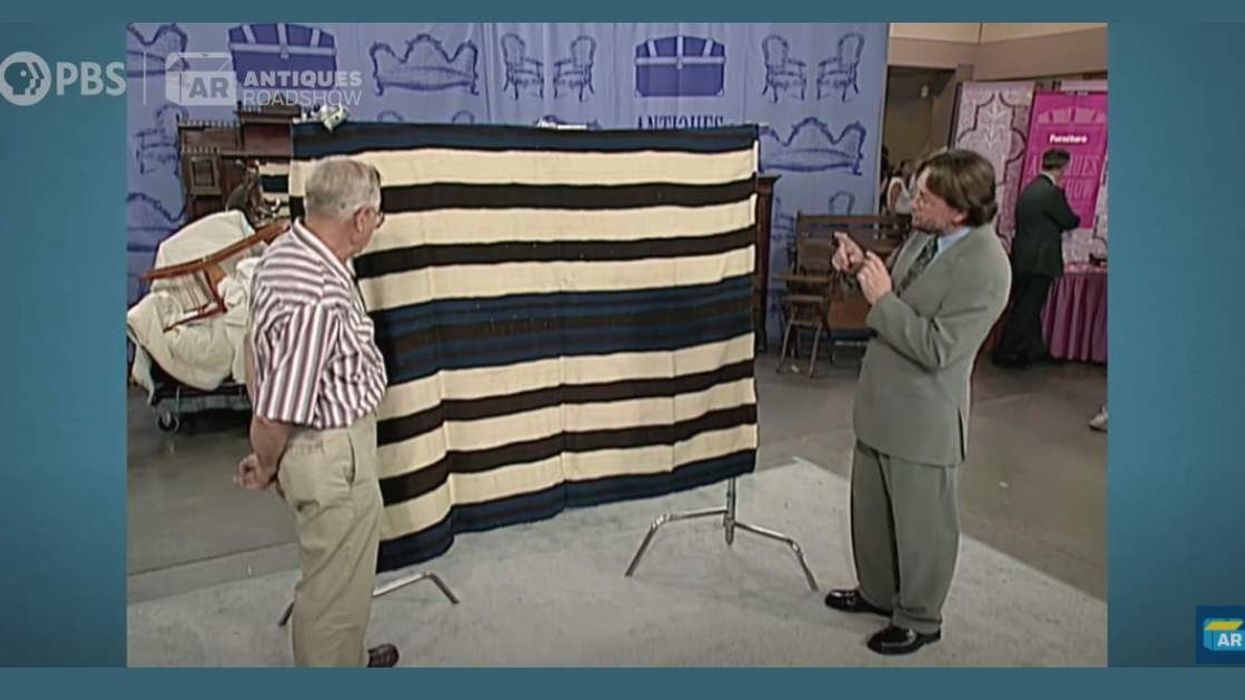











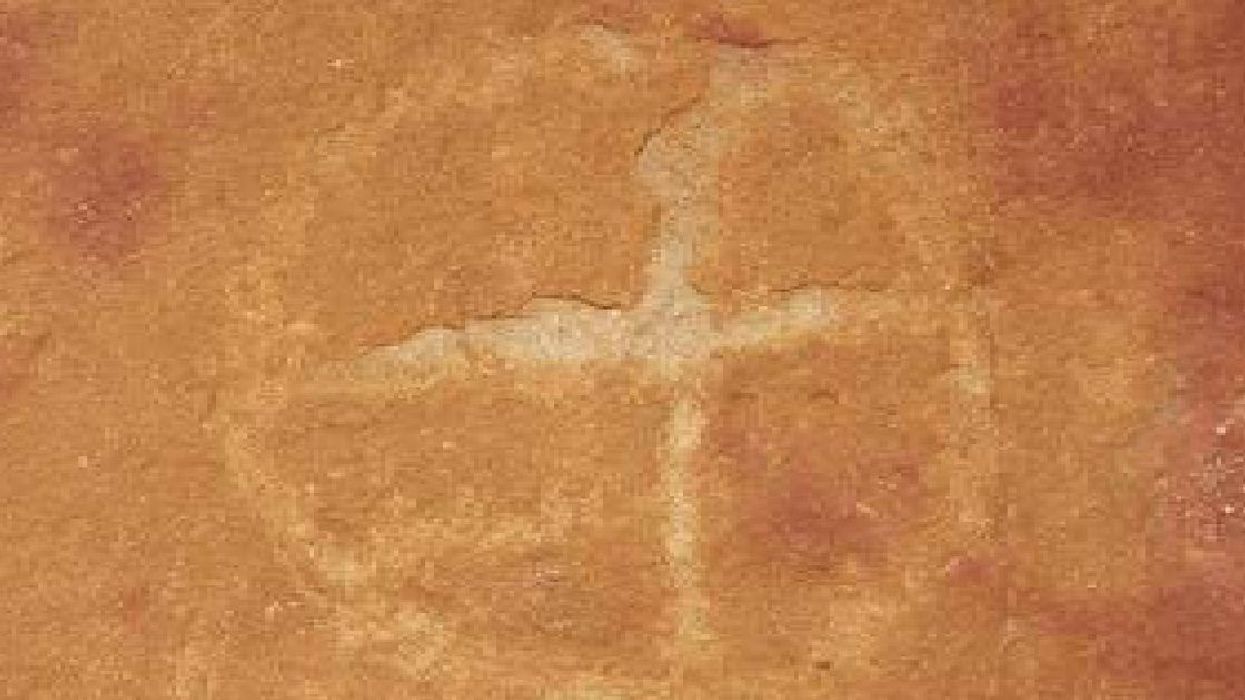
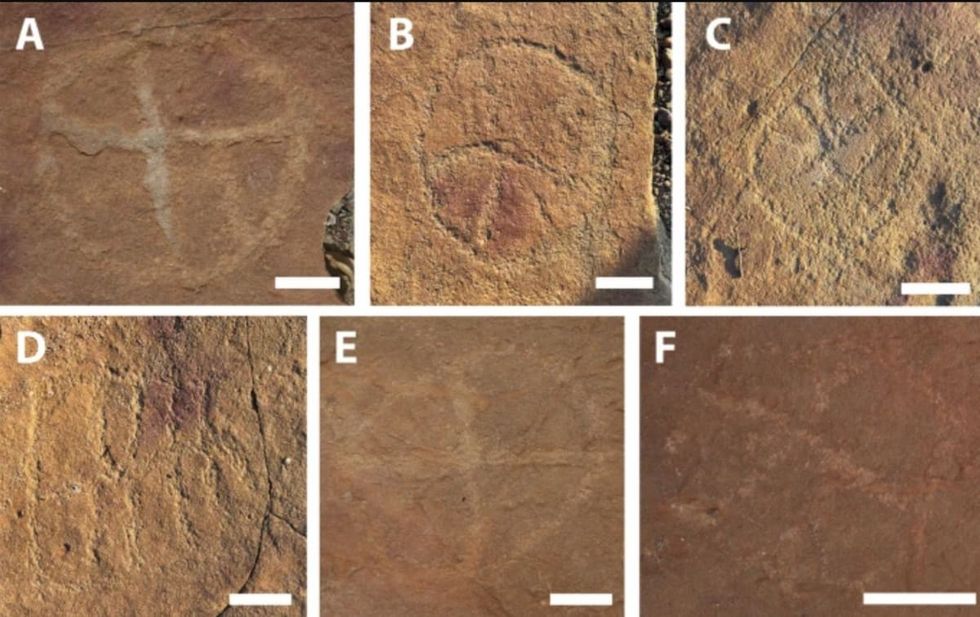 Image frmo Scientific Reports of ancient artwork. Image Source:
Image frmo Scientific Reports of ancient artwork. Image Source: 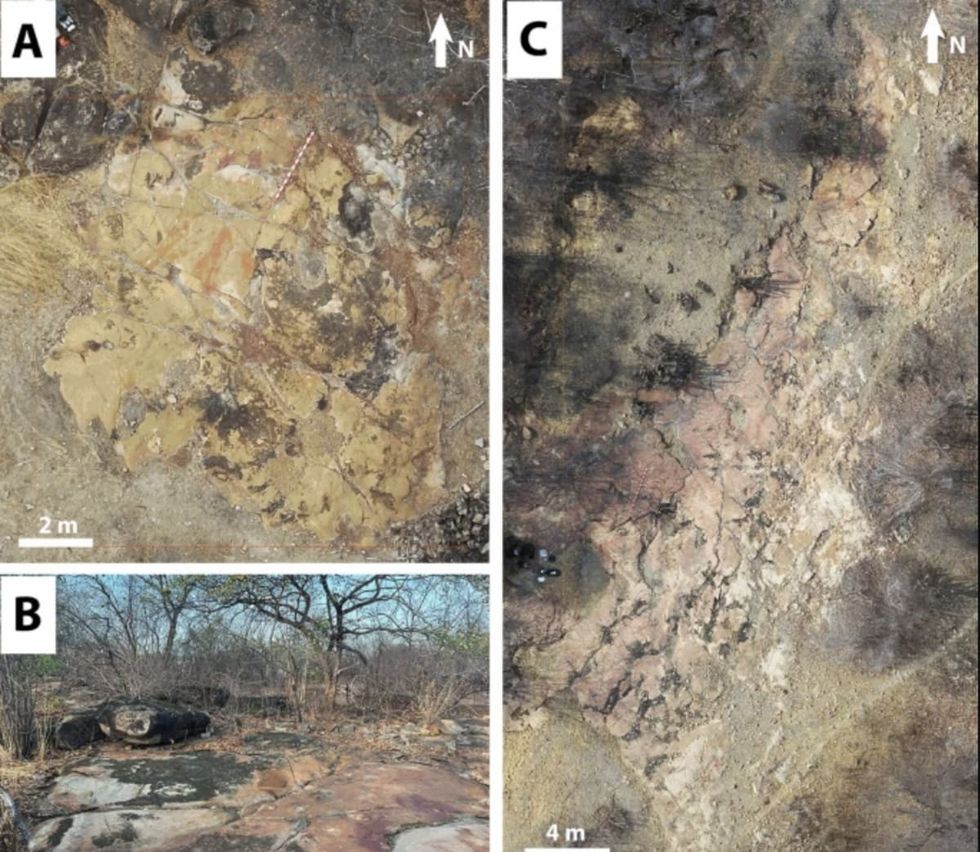 Image frmo Scientific Reports of ancient artwork.Image Source:
Image frmo Scientific Reports of ancient artwork.Image Source: 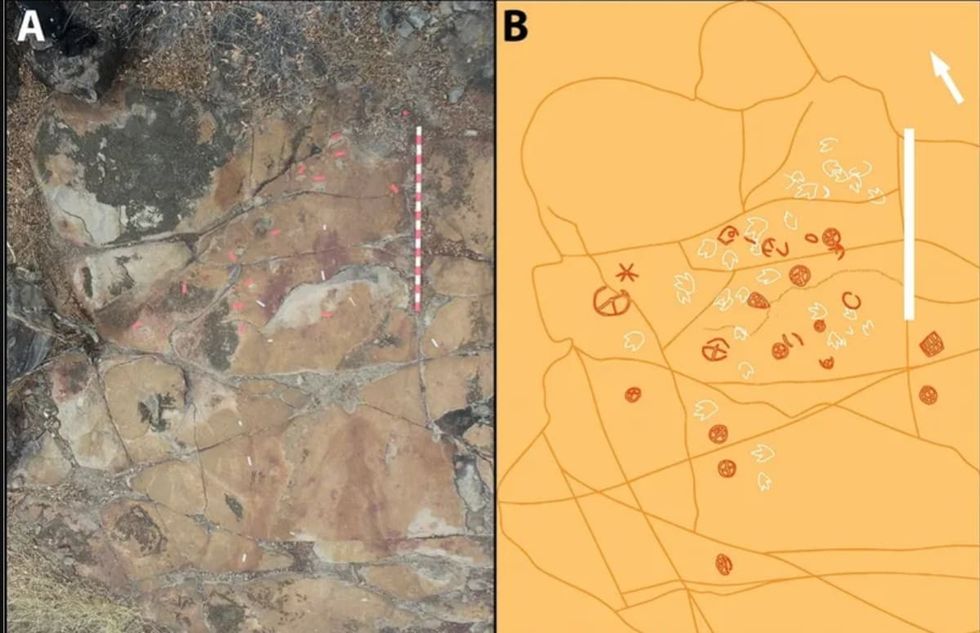 Image frmo Scientific Reports of ancient artwork.Image Source:
Image frmo Scientific Reports of ancient artwork.Image Source: 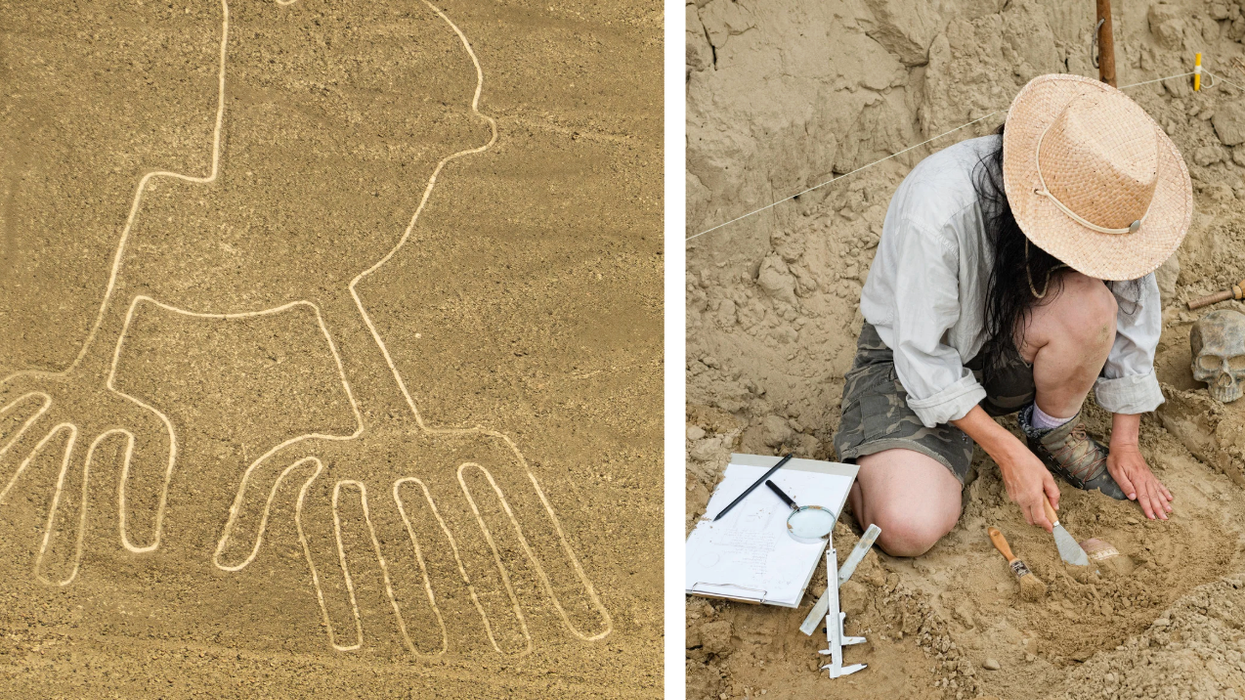

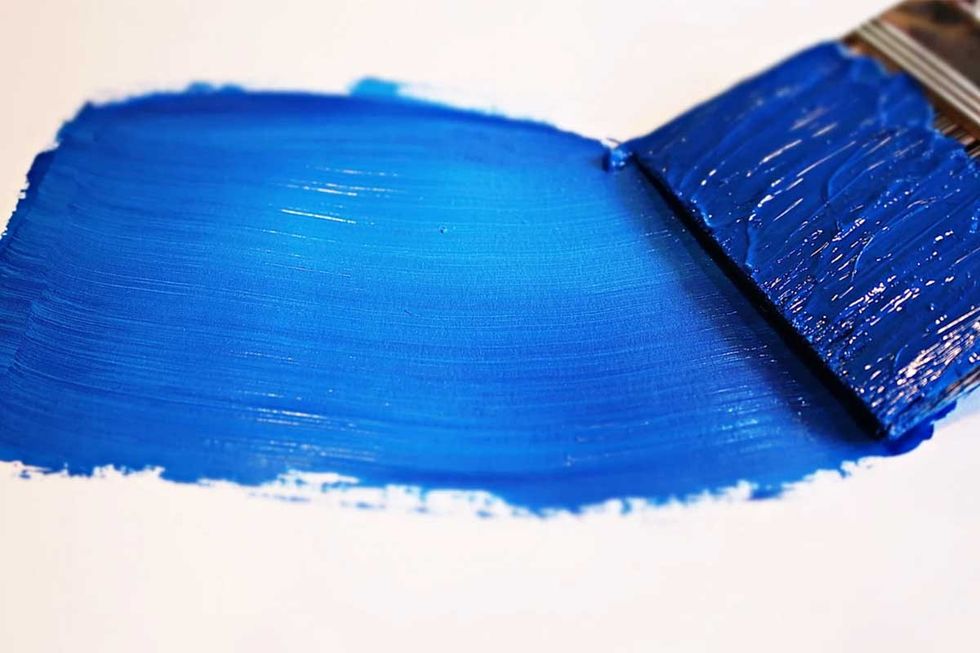 It's difficult to imagine seeing a color and not having the word for it. Canva
It's difficult to imagine seeing a color and not having the word for it. Canva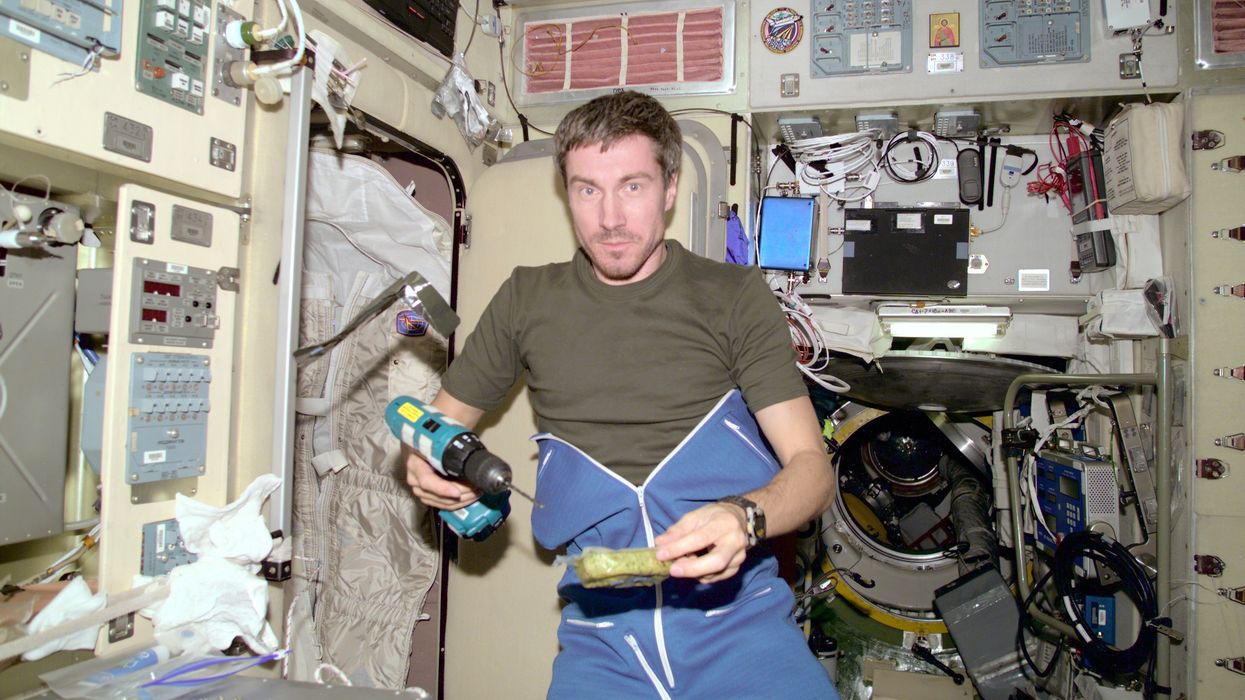
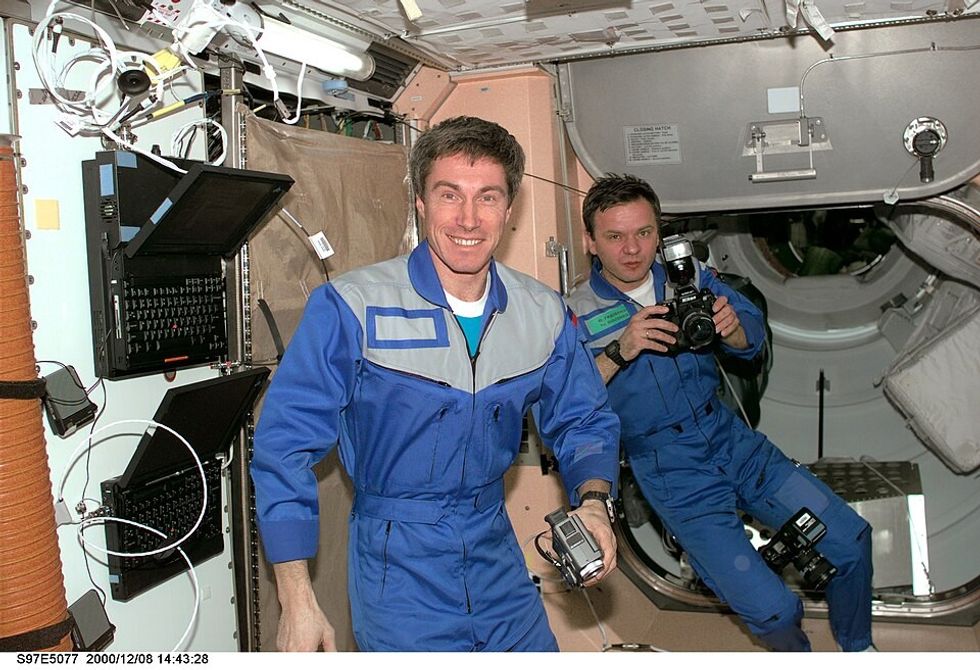 Sergei Krikalev in space.
Sergei Krikalev in space. 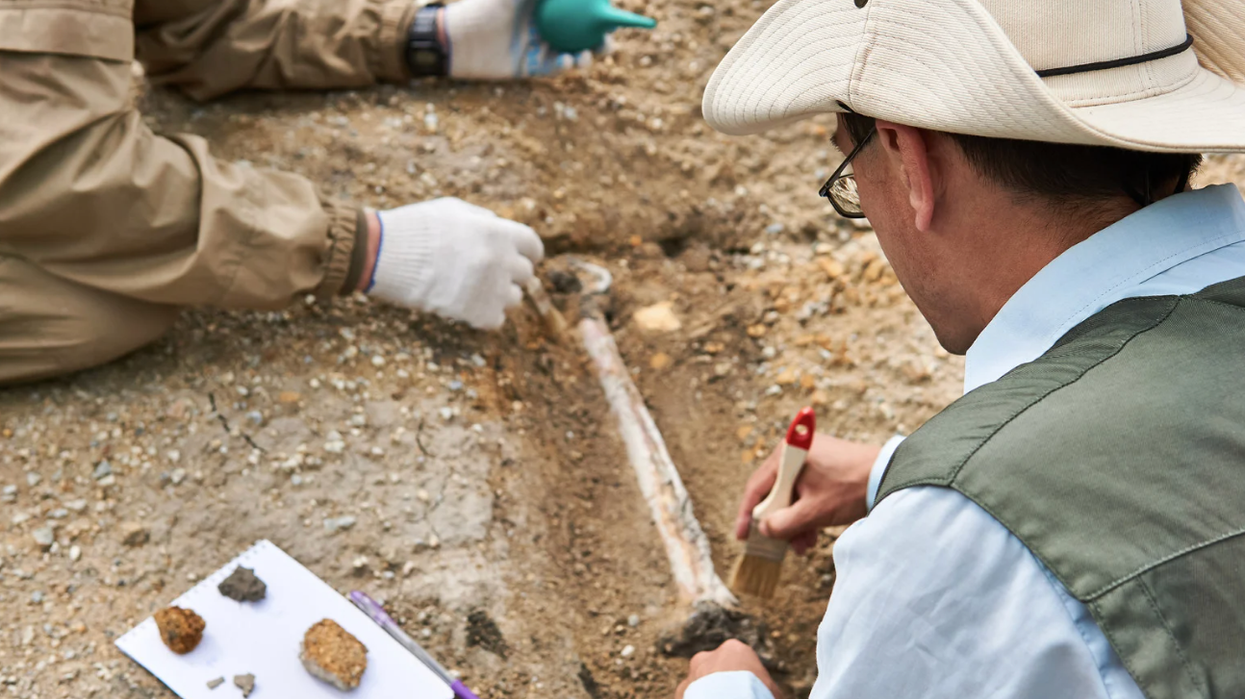

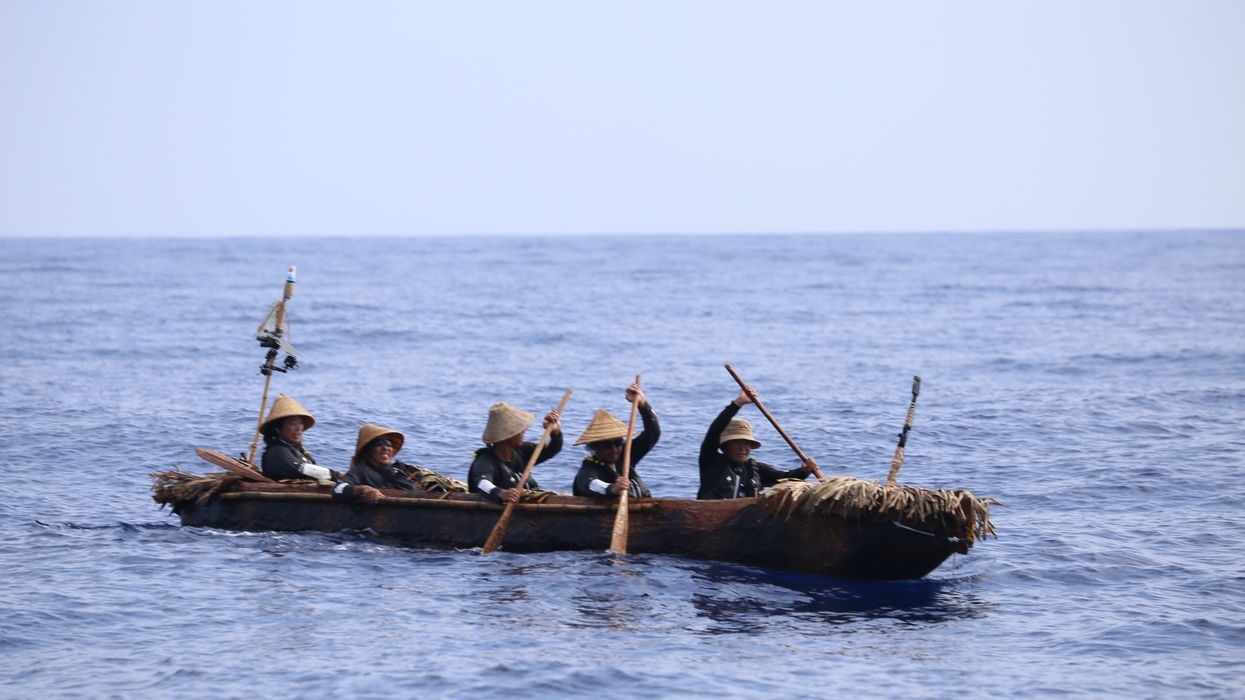
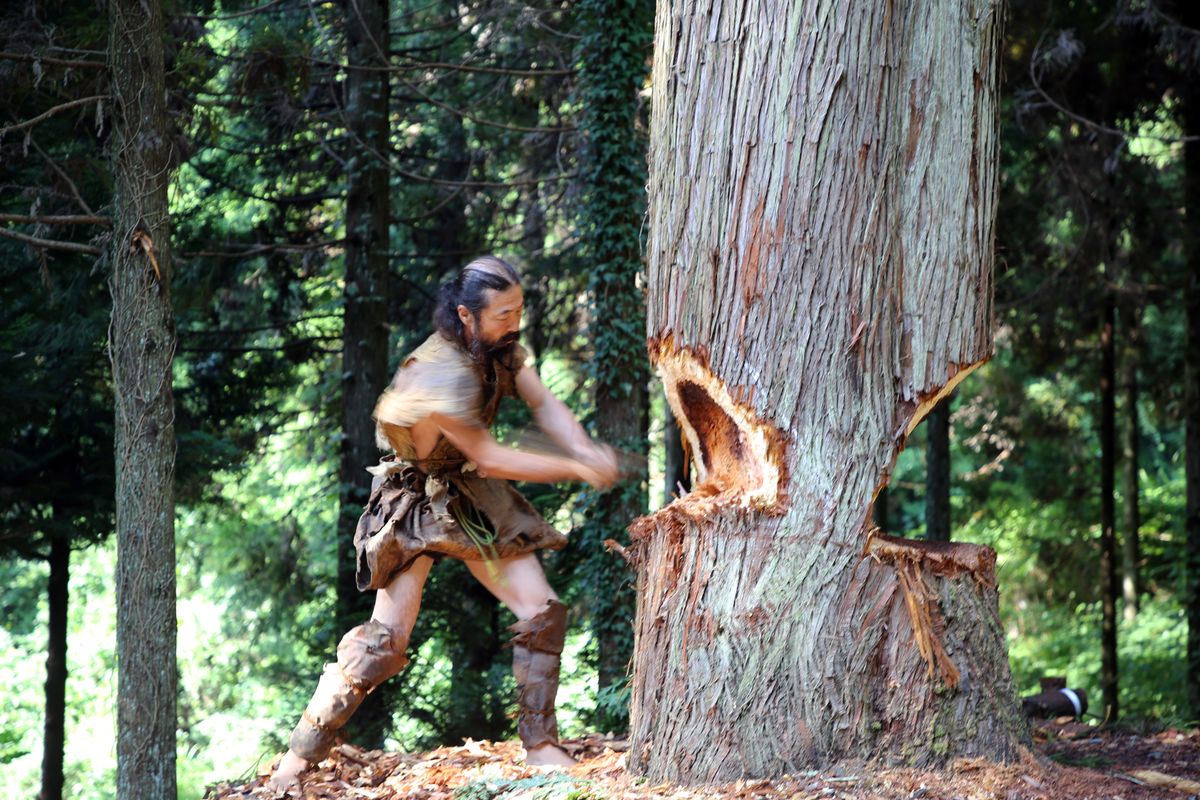 The team also crafted their canoe using ancient methods and Stone Age-style tools. National Museum of Nature and Science, Tokyo
The team also crafted their canoe using ancient methods and Stone Age-style tools. National Museum of Nature and Science, Tokyo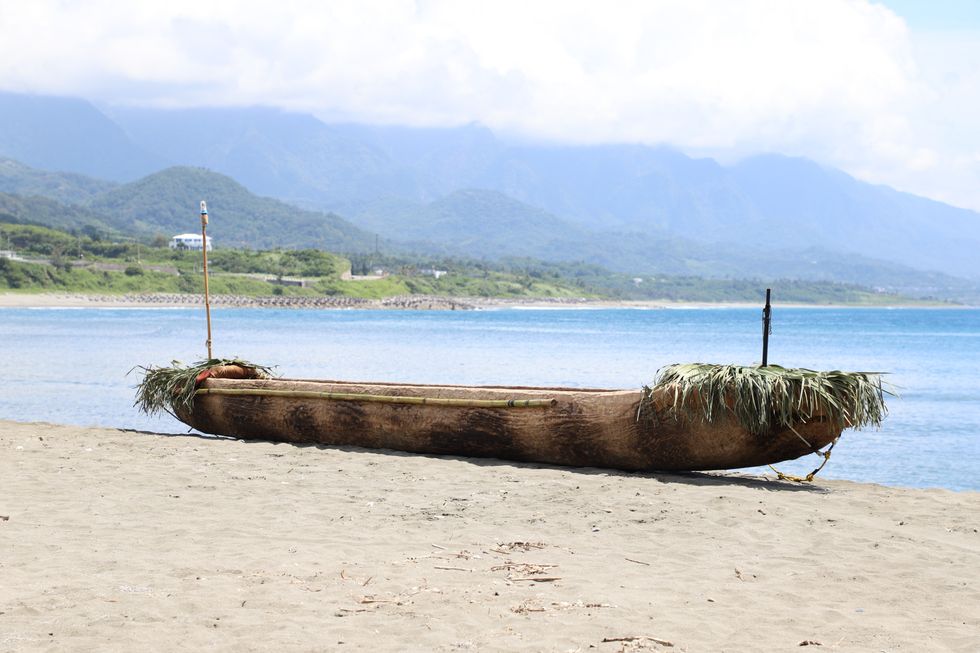 The cedar dugout canoe crafted by the scientist team. National Museum of Nature and Science, Tokyo
The cedar dugout canoe crafted by the scientist team. National Museum of Nature and Science, Tokyo